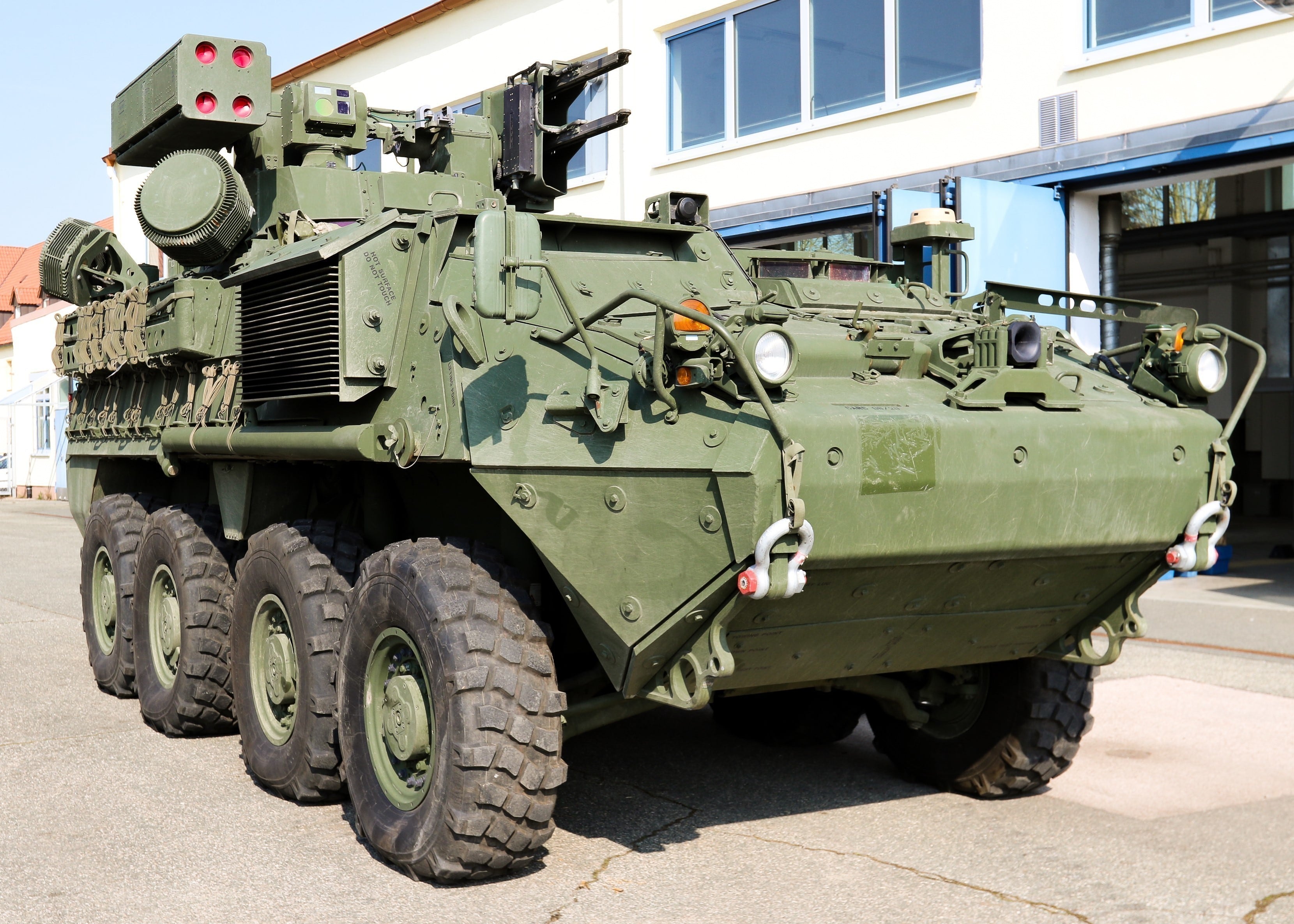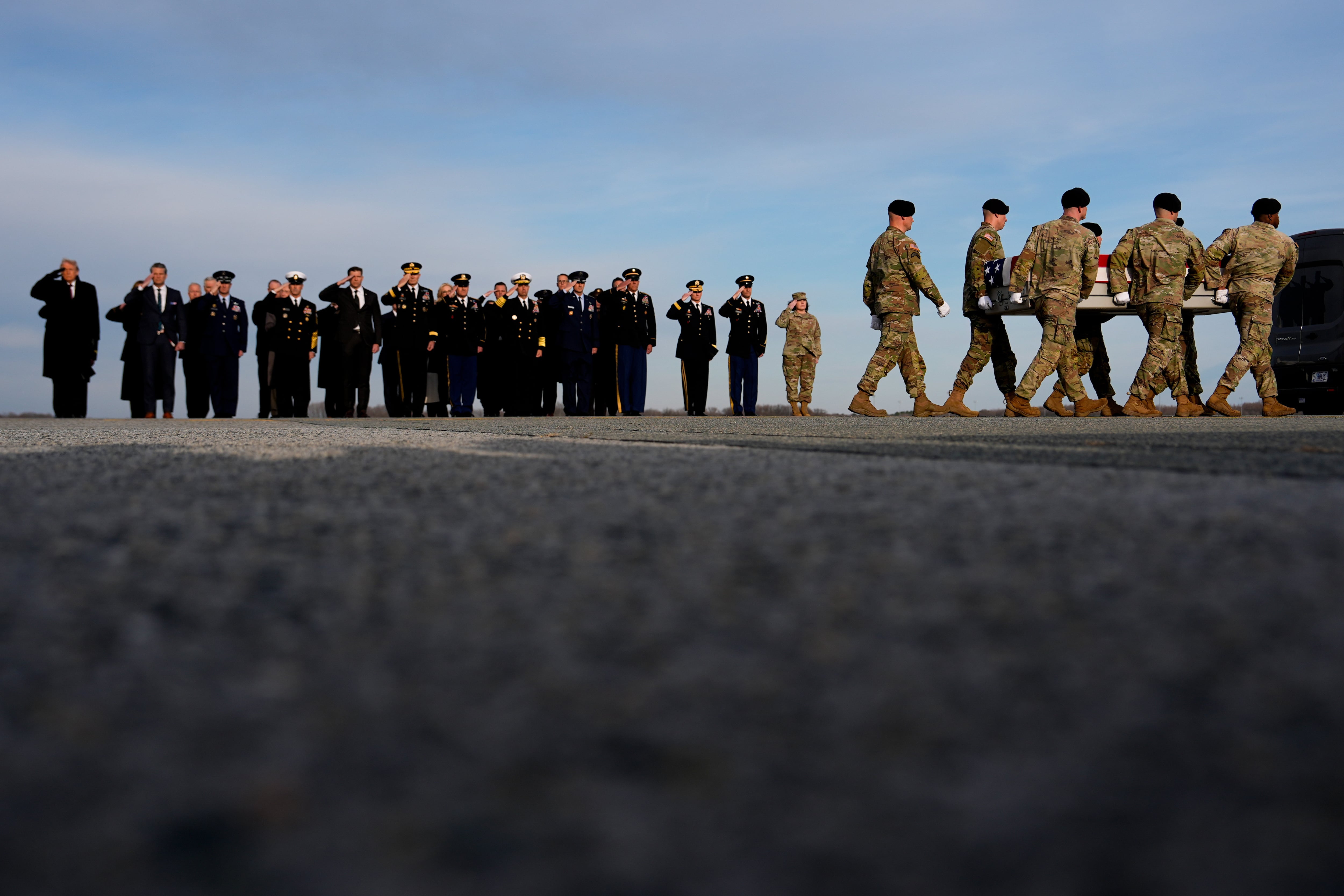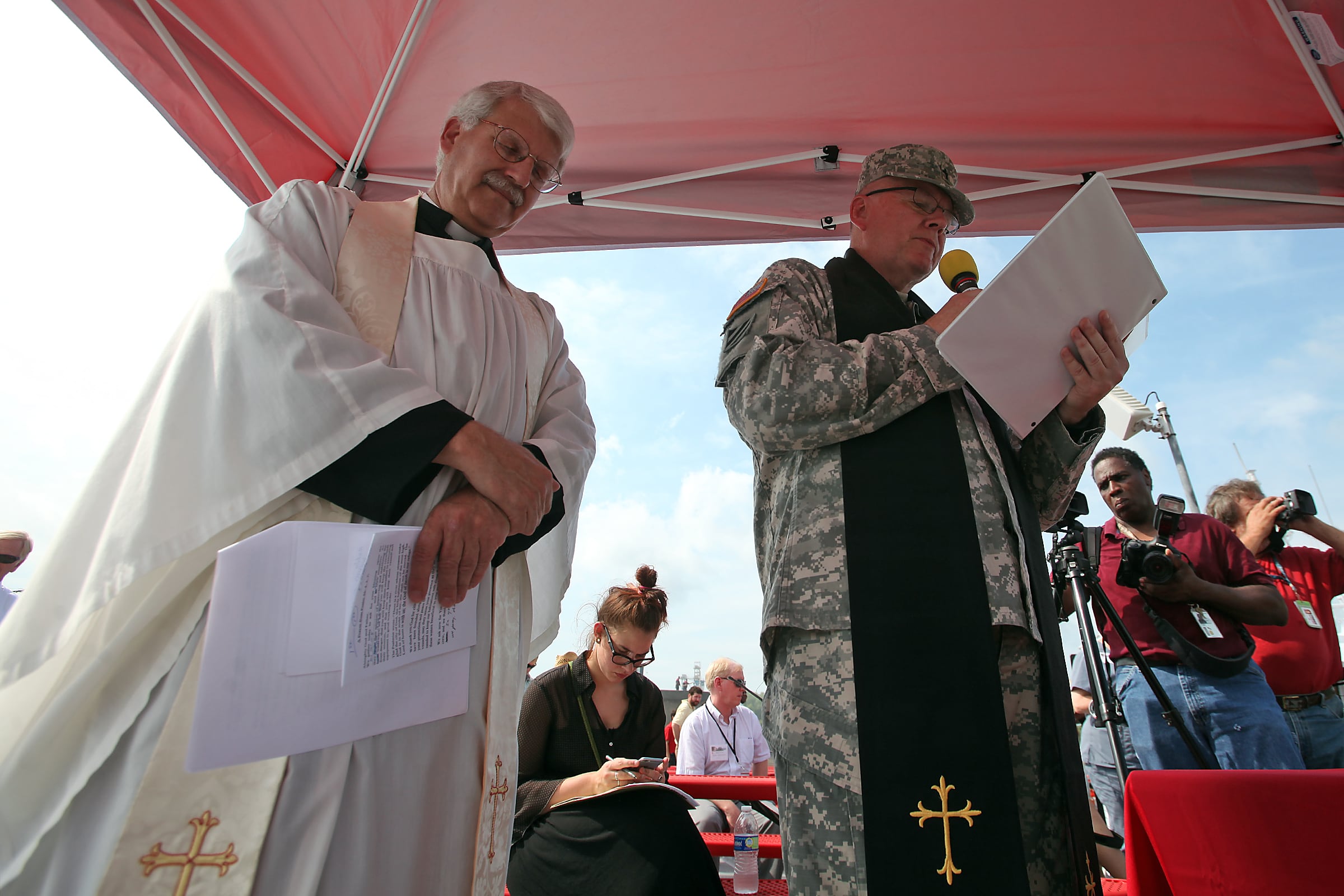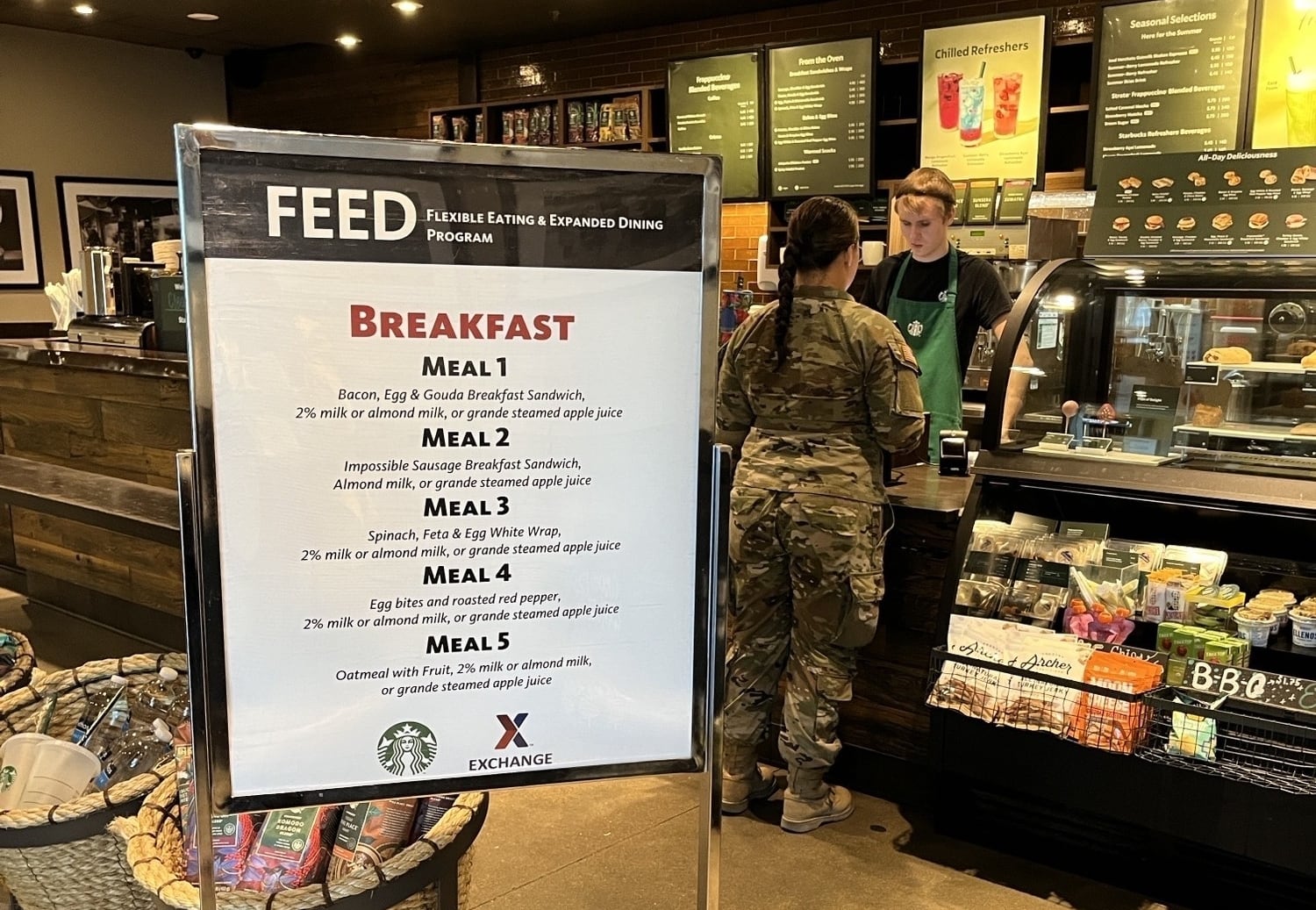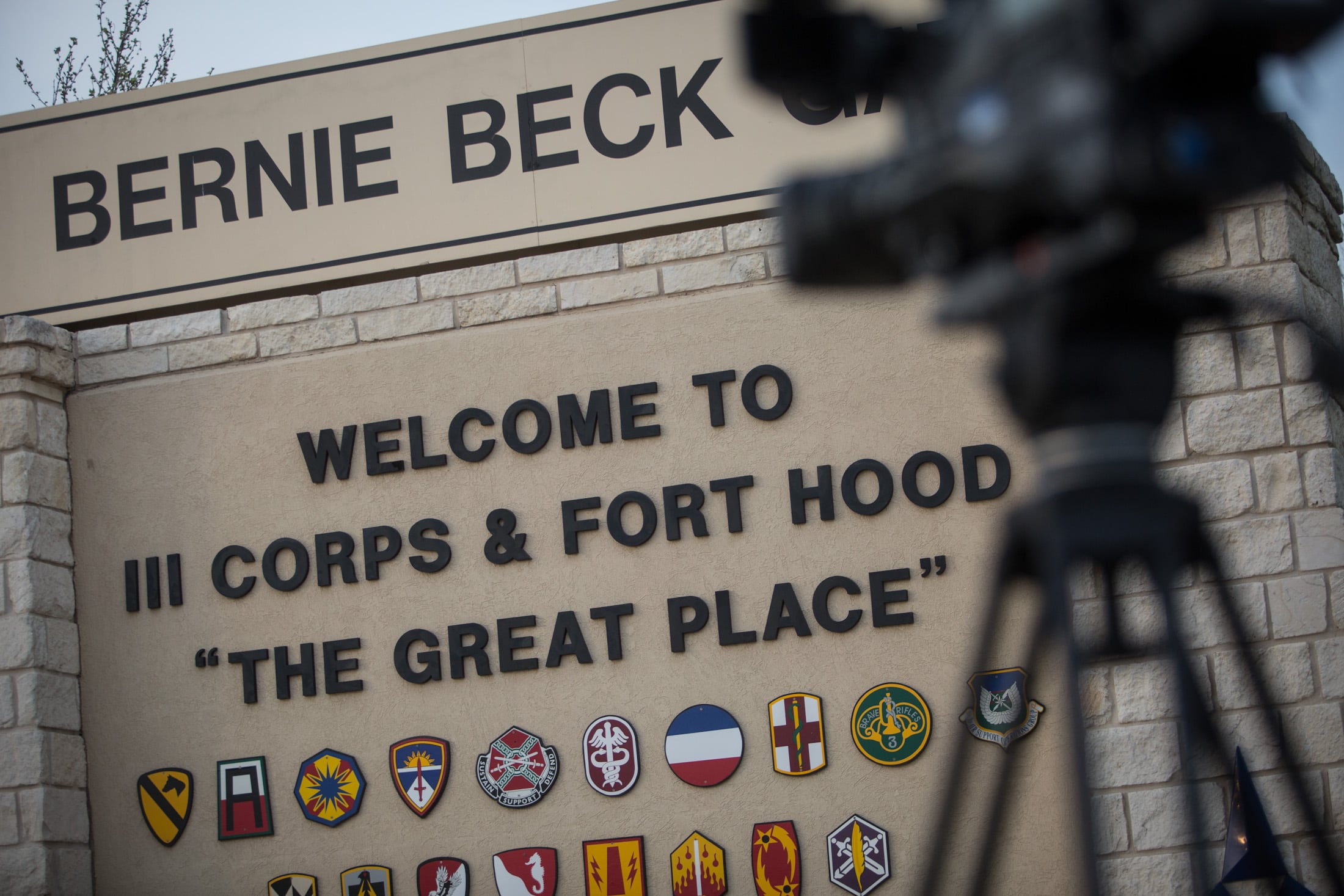Until very recently, Army air defenders were overlooked. After all, most of the fighting in recent wars didn’t include much in the way of adversary aerial attacks.
But that’s all changed as Russia, China, Iran and North Korea modernize their forces, keeping Army planners and ground leaders on alert for the next threat.
Army Times caught up with the Air Defense Artillery School commandant, Brig. Gen. Richard Harrison, ahead of the Association of the U.S. Army’s annual conference.
This interview has been edited for length and clarity.
How have changes in technology been incorporated into air defense artillery training?
Technology is advancing at breakneck speeds, and it is no different for the Army. In the Air Defense Artillery School, we leverage all available technology to replicate conditions our soldiers and leaders may face on the battlefield.
This enables us to provide soldiers and leaders to the force with some level of experience and knowledge that they wouldn’t otherwise have until attending training events with their operational units.
What has the renewed emphasis on the ADA field in the Army in light of the shift to great power competition, large-scale combat operations and near-peer threats meant for initial and ongoing training for your students?
Air defenders have always remained focused on countering a variety of threats in the air. With a renewed emphasis on LSCO and near-peer threats, our focus remains the same — protecting our forces during combat.
RELATED
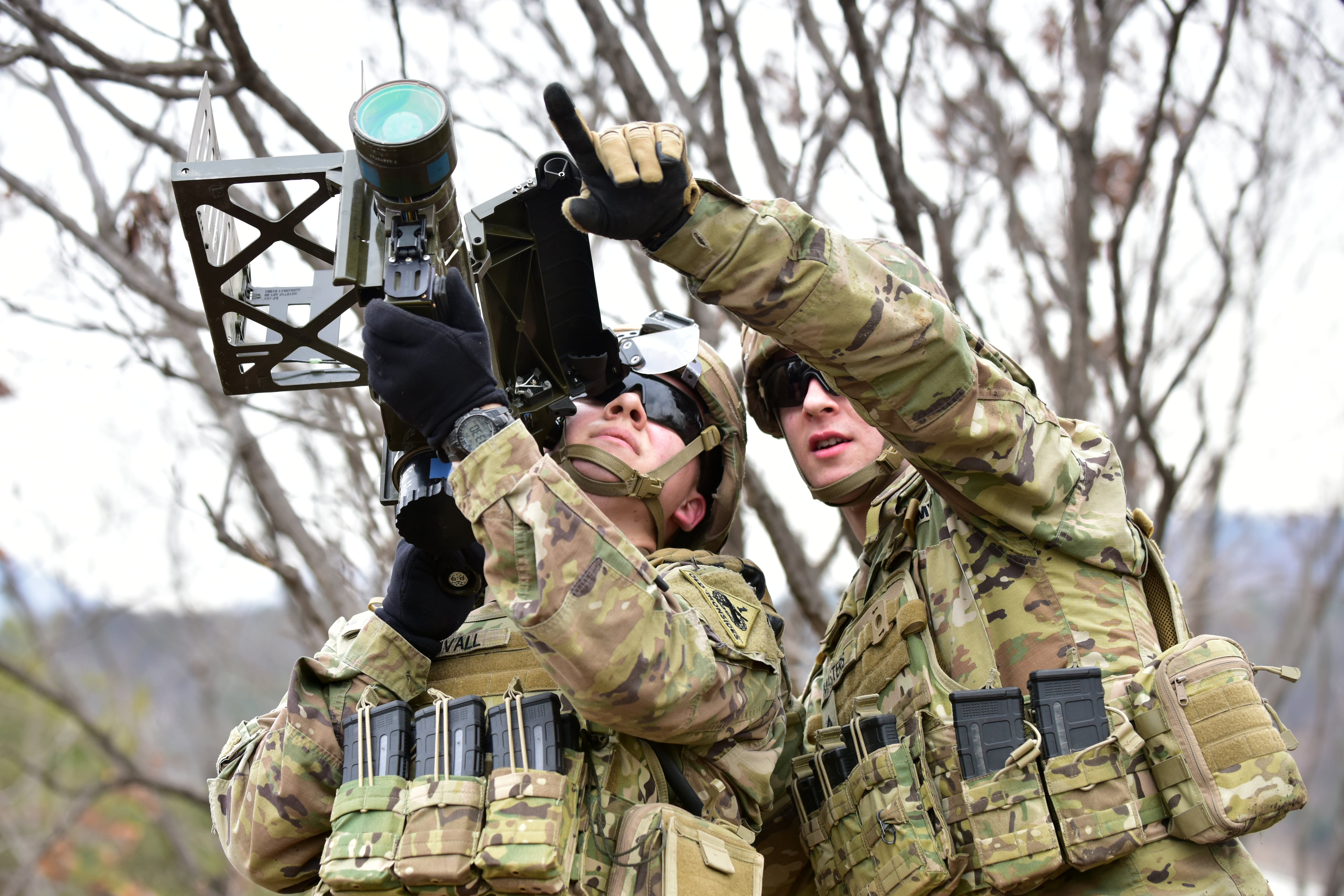
As part of the Army’s modernization priorities, the air defense community is developing new weapon platforms and systems to counter emerging threats. As these new capabilities are fielded, we incorporate them into the school at all appropriate echelons.
We are growing in size, capability and capacity. It’s a great time to be an air defender.
What new or noteworthy events have happened at ADA since October 2020?
We vigorously continued our modernization efforts and even fielded the first four M-SHORAD [Maneuver-Short Range Air Defense] vehicles to 5th Battalion, 4th Air Defense Artillery Regiment in Germany. This is remarkable, not only because we are fielding a new weapon system but also because it happened within 18 months of prototype design.
Even more important than new pieces of materiel though, we implemented Project Athena at the ADA School to really get after leader development. This program begins at the schoolhouse and follows leaders throughout their careers. We deliberately built in opportunities for senior leaders in our branch to mentor small groups of students. These mentors will be available for the students to call upon and seek out well beyond their time in school; they will be able to advise the leader throughout their career.
Infantry and armor schools have extended their One Station Unit Training. Are there plans to extend training for ADA students?
We are constantly reviewing our programs of instruction, course length and course content.
Most importantly, we cross-walk that data with the feedback we receive from the operational force to best balance our courses with the needs of the units our soldiers will fill.
This review will be even more important as we continue fielding new systems like the M-SHORAD platform, stand up new units and prepare to field new capabilities in the future.
Todd South has written about crime, courts, government and the military for multiple publications since 2004 and was named a 2014 Pulitzer finalist for a co-written project on witness intimidation. Todd is a Marine veteran of the Iraq War.
